
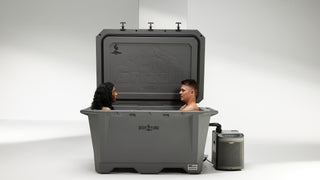
BENEFITS OF COLD PLUNGE TUBS FOR HEALTH
COLD PLUNGING FOR HEALTH
Cold plunging is an ancient practice backed by modern medicine.
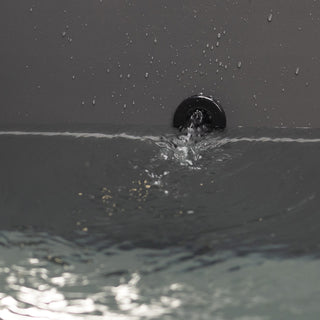

COLD! REALLY COLD! AND CIRCULATING!
39 degrees, circulating around you. Circulating water causes the plunge to feel colder than it is because it prevents the body from being able to form a heat barrier. Our cold plunge tub is the number one plunge for hot climates due to its ability to maintain 39 degrees despite the weather, yet costs thousands less than competitors whose plunges don’t hold up in the heat.
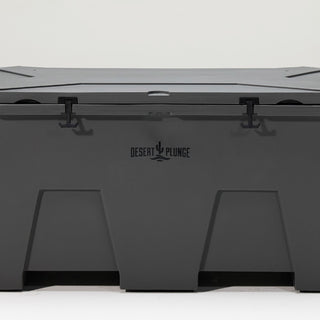

ENERGY EFFICIENT
Our tubs have unsurpassed insulation which maintains a much more consistent temperature than a tub with a fabric or hot tub type lid. This results in less load on the chiller = much better electrical efficiency = cheaper to operate AND better for the environment.
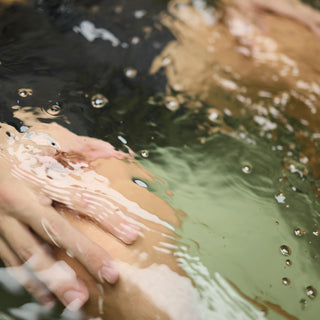

COLD PLUNGE BENEFITS
Cold therapy can help many people with a range of health issues, and can also produce a range of health benefits, including reduced inflammation and swelling, which aids in injury recovery and general systemic inflammation; relief from sore muscles, aiding in post-workout recovery; as a pain reduction technique for chronic conditions including arthritis, gout, fibromyalgia and others; increased joint mobility; immunity strengthening; as well as mental health benefits, including increased feelings of wellbeing, and decreased depression, anxiety, and grief.
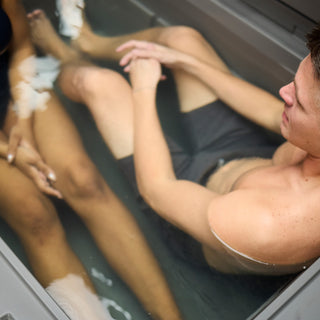

ADVANTAGES OF AN ICE BATH
Humans have practiced cold therapy for thousands of years for a range of reasons. Hippocrates, the ancient Greek responsible for modern medicine, believed cold water therapy (aka cryotherapy) could help with mental and physical energy; Romans used cold plunging for fevers; and in the 1700s, medical experiments conducted by James Curie established medical relationships between cold plunging, respiration, circulatory health and more.